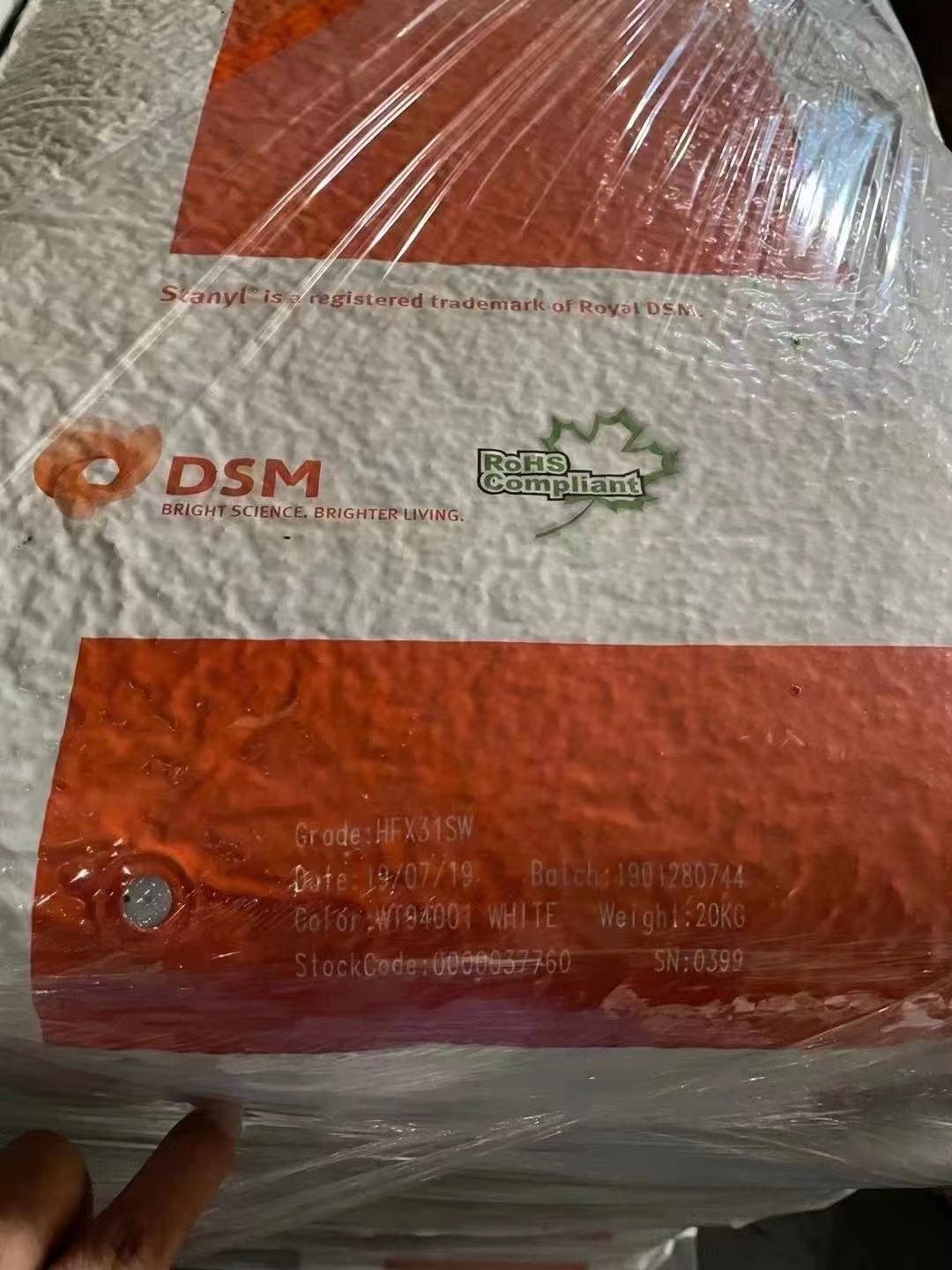Technical Data Sheet Compare
Compare
| physical property | Test Condition | Test Method | Test Result | Unit |
|---|
| Shrinkage rate | Across Flow | ISO 294-4 | 1.3 | % |
| Shrinkage rate | 流量 | ISO 294-4 | 0.80 | % |
| Water absorption rate | Equilibrium, 23°C, 50% RH | ISO 62 | 2.8 | % |
| Mechanical performance | Test Condition | Test Method | Test Result | Unit |
|---|
| Tensile modulus | | ISO 527-2 | 7500 | Mpa |
| Tensile stress | Break | ISO 527-2 | 120 | Mpa |
| Tensile strain | Break | ISO 527-2 | 2.9 | % |
| Bending modulus | | ISO 178 | 7500 | Mpa |
| Tensile modulus | | ISO 527-2 | 8200 | Mpa |
| Tensile stress | Break | ISO 527-2 | 110 | Mpa |
| Tensile strain | Break | ISO 527-2 | 2.6 | % |
| Bending modulus | | ISO 178 | 8000 | Mpa |
| Thermal performance | Test Condition | Test Method | Test Result | Unit |
|---|
| Hot deformation temperature | 1.8 MPa, Unannealed | ISO 75-2/A | 285 | °C |
| Melting temperature 3 | | ISO 11357-3 | 295 | °C |
| Linear coefficient of thermal expansion | Flow | ISO 11359-2 | 2.5E-5 | cm/cm/°C |
| Linear coefficient of thermal expansion | Across Flow | ISO 11359-2 | 6.5E-5 | cm/cm/°C |
| RTI Elec | 0.200 mm | UL 746 | 120 | °C |
| Electrical performance | Test Condition | Test Method | Test Result | Unit |
|---|
| Volume resistivity | | IEC 60093 | > 1.0E+15 | ohms·cm |
| Dielectric strength | | IEC 60243-1 | 33 | KV/mm |
| Relative permittivity | 1.00 GHz | IEC 60250 | 3.60 | |
| Relative permittivity | 10.0 GHz | IEC 60250 | 3.60 | |
| Leakage Trace Index | | IEC 60112 | 550 | V |
| Impact performance | Test Condition | Test Method | Test Result | Unit |
|---|
| Impact strength of simply supported beam without notch | 23°C | ISO 179/1eU | 49 | kJ/m² |
| flammability | Test Condition | Test Method | Test Result | Unit |
|---|
| Flammability level | 0.40 mm | IEC 60695-11-10, -20 | V-0 | |
| Flammability level | 0.200 mm | IEC 60695-11-10, -20 | V-0 | |
| Flammability level | 1.6 mm | IEC 60695-11-10, -20 | V-0 | |
IMPORTANT NOTES: Plas.com collected the data in the data sheet from the material manufacturers. Plas.com makes the best effort to improve the accuracy of the data, but has no responsibility for the data. We strongly recommend verifying the validity of the data with the material manufacturers before making a final decision.
